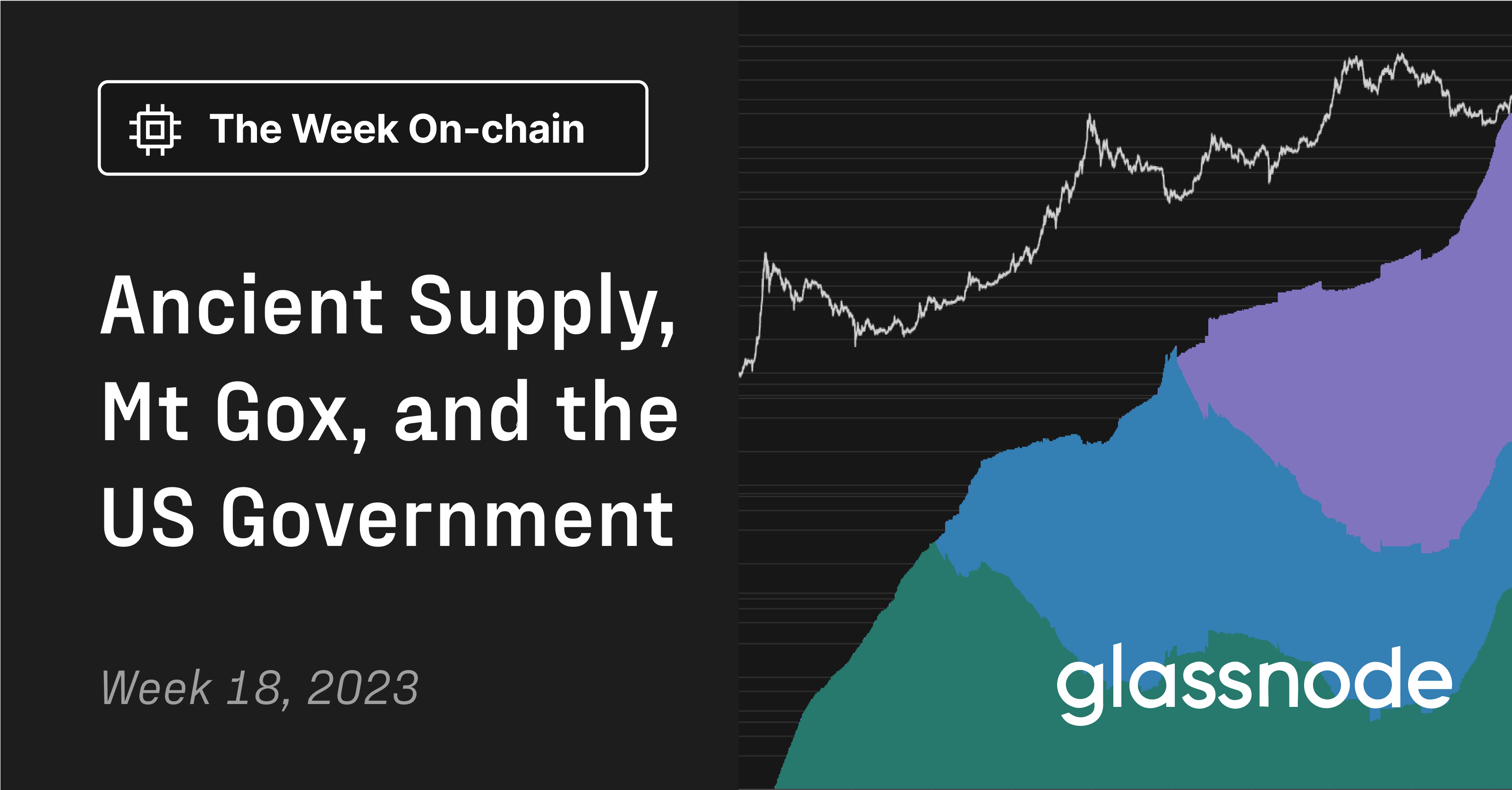Ancient Supply, Mt Gox, and US Government Coins
This week, the market experienced a sharp sell-off, following what turned out to be false rumours related to distributions by the Mt Gox Trustee, and the US Government. Add to this the revival of 3.2k ancient Bitcoin, and the market found itself amidst serious volatility.

The Bitcoin market has been testing both the high/low bands within the $27k to $30k range since mid-March, having recovered from $27.1k to $29.9k this week. During this rally, inaccurate rumours circulated of movements within the Mt. Gox, and USD Government controlled wallets. We also saw some activity by ancient supply holders (>7yrs), which led an infamous daily Doji candle being printed in a light liquidity environment, with $1.5k shadows.
This report aims first to address the events mentioned above which caused the volatility, and then scrutinize the demand side by emphasizing the weight of short-term investors over price action within the prevailing uptrend.

